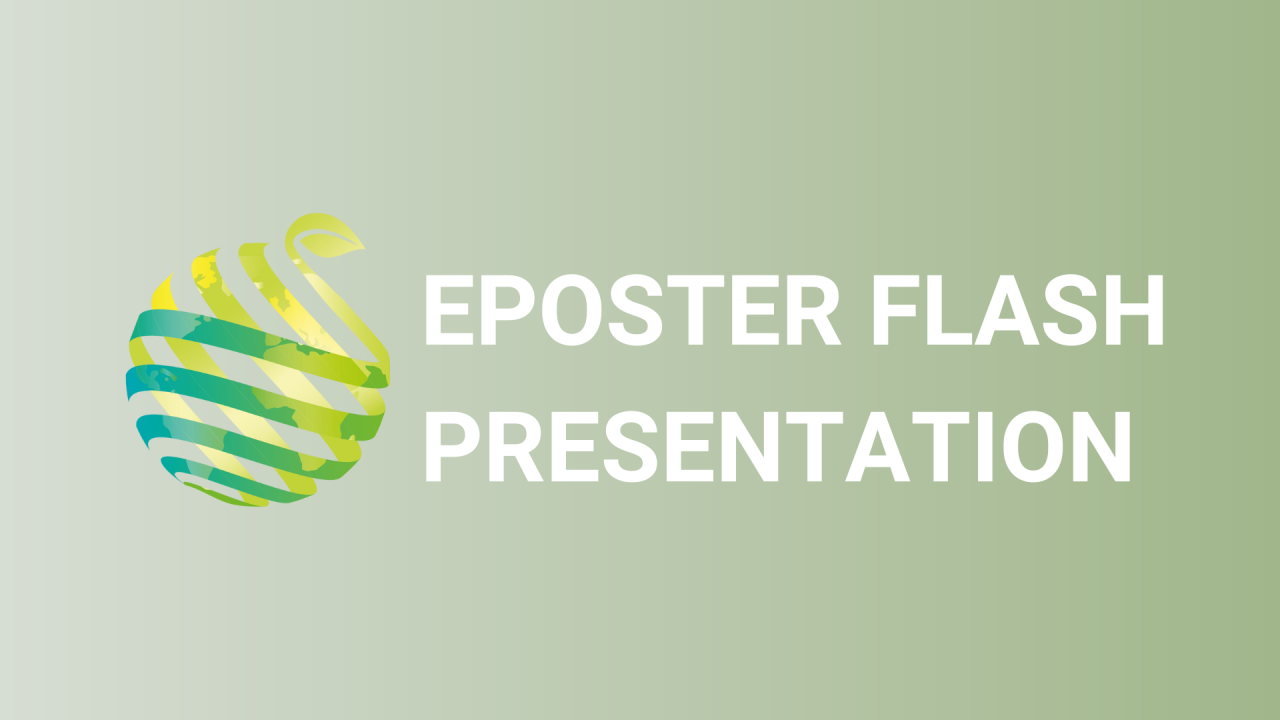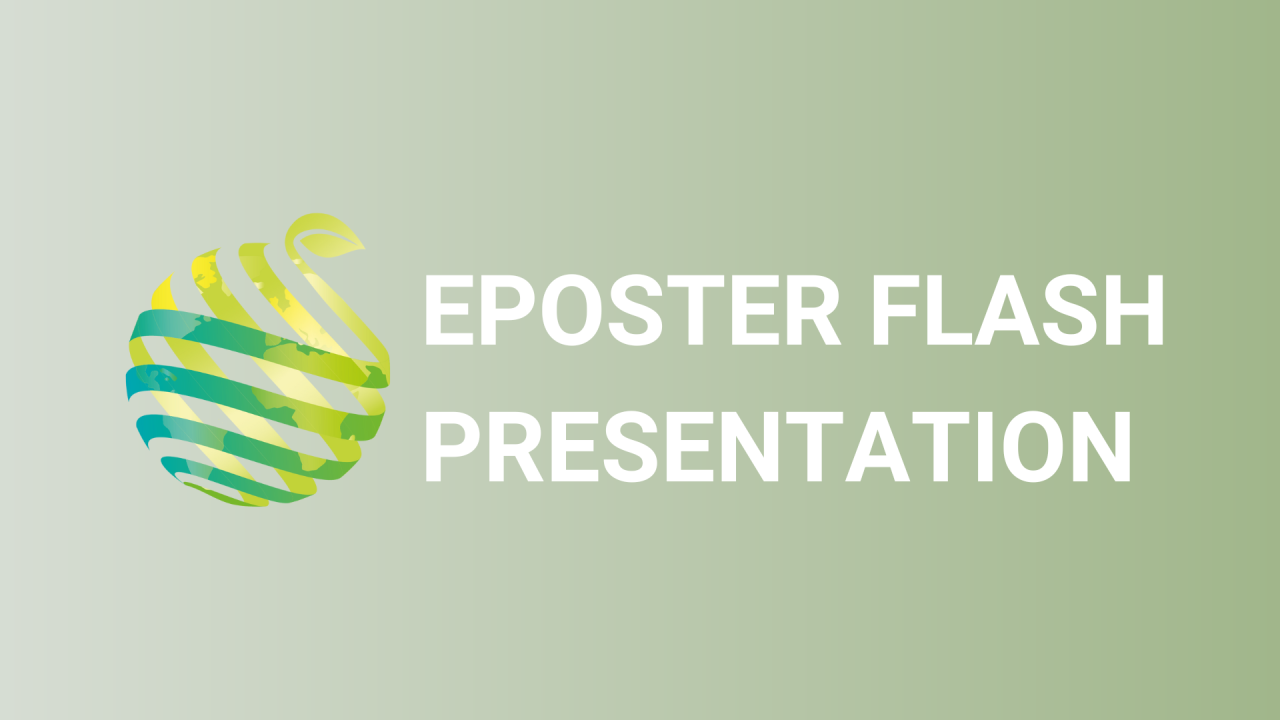

S14 - Session P4 - Investigation of the Verticillium wilt pathosystems in horticultural plants to develop novel control methods for it
Information
Authors: Megumi Araya *, Ningning Zhang, Toshiyui Usami
Verticillium dahliae is a soil-borne fungal pathogen that causes wilt disease (Verticillium wilt) in various dicotyledonous plant species. V. dahliae produces a survival structure, a microsclerotium, which is high viable and can survive for at least a decade in the soil. In addition, infected weeds become potential infection sources. There is no known method for completely controlling the disease caused by V. dahliae . Crop rotation is often ineffective because host range of V. dahliae is very wide. The control via chemical fumigation against V. dahliae is often only partially effective. Additionally, races of V. dahliae that can overcome resistant plant cultivars have been reported. To develop effective control methods, we must understand the plantn V. dahliae pathosystems. The host range of V. dahliae differs among strains. One strain of V. dahliae can overcome the resistance of some plant species, while other plants are able to repel it. However, the system that determines the pathogenicity of V. dahliae on plant species is still unclear. We conducted a genetic cross by using protoplast fusion between pathogenic and nonpathogenic strains of V. dahliae , and we identified two genomic regions which are responsible for the pathogenicity on tomato and bell pepper respectively. These genomic regions were located on different loci on the same fungal chromosome. When the genomic region that we identified was introduced to a nonpathogenic strain of V. dahliae , that strain obtained the pathogenicity on bell pepper. This indicated that this genomic region includes gene(s) which determine the pathogenicity. We are also currently analyzing the genomic region that is responsible for pathogenicity on tomato. Identification of pathogenicity-determining genes and elucidating pathosystems on each plant species should provide ideas for developing novel methods for disease control.